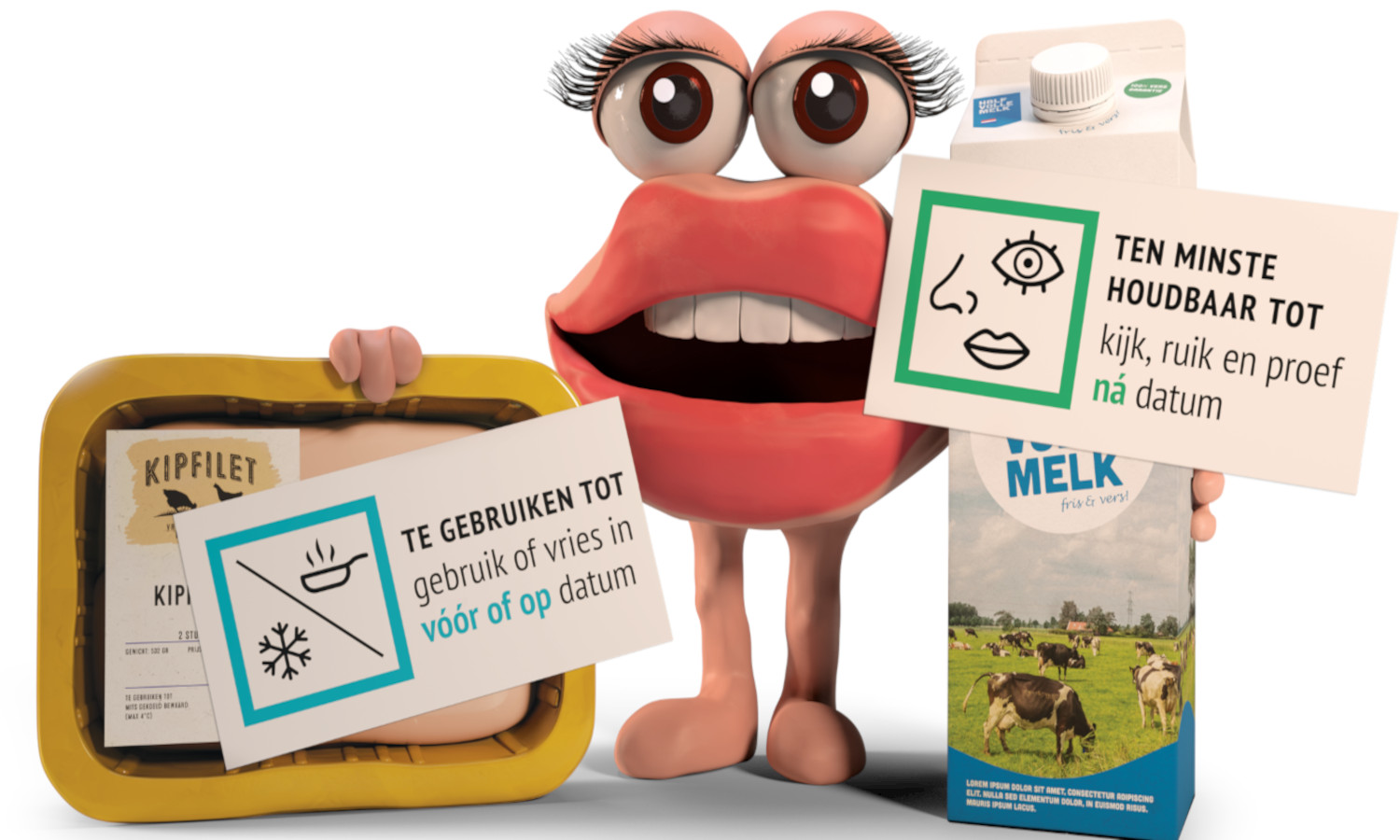As part of their long-term national program combating food waste, the Netherlands introduces a new public awareness campaign on the difference between use by and best before food labels.
The European research project REFRESH contributed toward the United Nations Sustainable Development Goal 12 which aims to reduce global food loss and waste. Although REFRESH ended in 2019, other projects like United Against Food Waste continue to combat food waste.
Most recently, this Netherlands-based project created a national public awareness campaign to prevent and reduce food waste. “About 15 percent of consumer food waste can be linked to misunderstanding… of date labels,” Toine Timmermans, project coordinator of United Against Food Waste, tells Food Tank.
During their week-long #FoodWasteFree campaign this year, United Against Food Waste aimed to teach consumers how to prevent food waste at home using tools like the Yes-No Fridge Sticker. “The Yes-No Fridge Sticker helps consumers determine what is best stored in the fridge and what is not,” Timmermans shares with Food Tank. Additionally, they launched a national campaign to educate the public on the difference between the two types of shelf life labels.
According to Timmermans, food labels can affect how consumers decide on what groceries to buy. “In our research, 40-60 percent of customers sometimes or regularly pick a product with a longer shelf life,” Timmermans tells Food Tank.
But without proper knowledge of these labels, consumers can throw away foods prematurely and increase consumer food waste. In Europe, households contribute to 53 percent of food waste, according to the Food Use for Social Innovation by Optimising Waste Prevention Strategies.
In a series of videos, United Against Food Waste shares that consumers can still eat foods after the date on a Best Before label. But the campaign advises consumers to use their discretion by looking at, smelling, and tasting the food to decide if it is still safe to eat. Contrastingly, foods should not be eaten after the date on Use By labels. “These labels inform consumers about the food safety of perishable products,” Timmermans tells Food Tank.
Timmermans says that United Against Food Waste’s campaign has had a positive public response with many consumers appreciating “the clear explanation.” Still, Timmermans hopes to “give consumers further tools to make the right decision.”
Smart labels, Timmermans adds, which use sensors to tell the real shelf life date of a product, could also be a useful tool to reduce food waste further. United Against Food Waste is currently collaborating with startups and other innovators to envision how this technology can be used on food products.
By 2022, the European Union hopes to propose legally binding targets to reduce food waste. And with greater consumer awareness around food labels, United Against Food Waste hopes the Netherlands can halve food waste levels by 2030.















